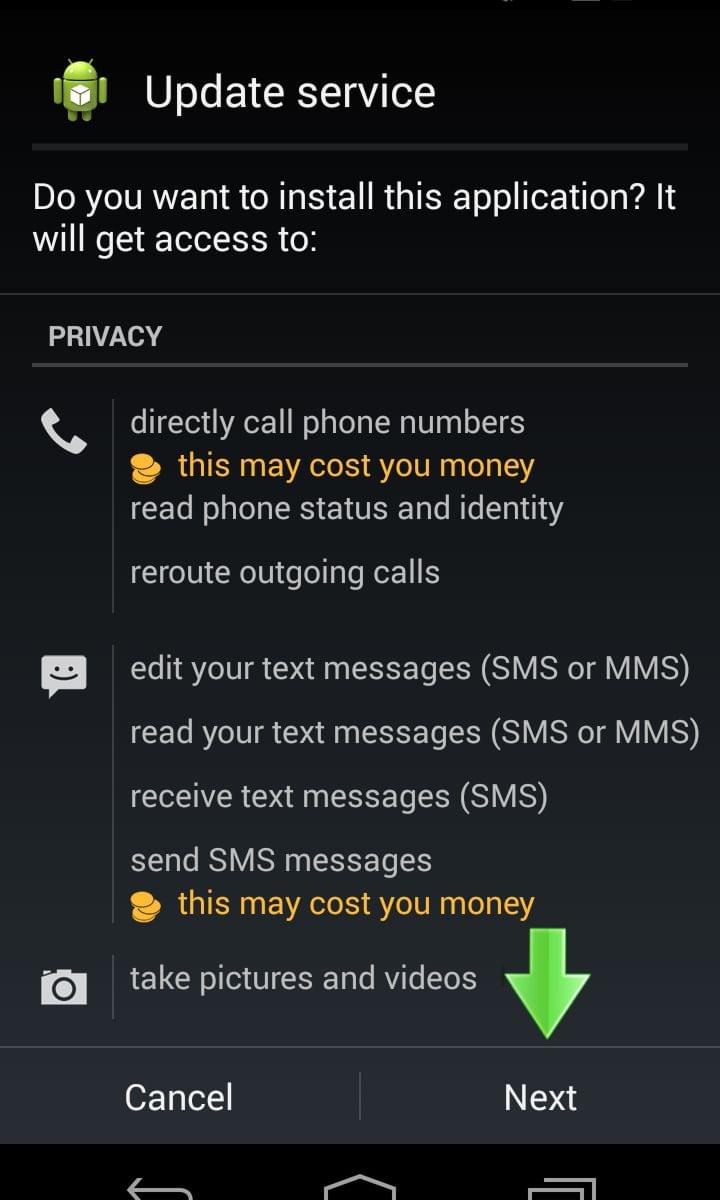SEQ file extension Information that help open, edit, and convert.SEQ file. When there is a problem with opening files with the extension.SEQ you do not need to immediately use the services of the IT expert. In most cases, using the helpful suggestions of experts contained in our website as well as appropriate programs you can solve the problem with the.SEQ file yourself. File extension seq is associated with the Sony PlayStation, a 32-bit video gaming console released in 1994. A.seq file stores MIDI sequence for compatible with sound card integrated to PlayStation. These files are playable in Awave Studio. This seq file type entry was marked as obsolete and no longer supported file format. .seq files are easily converted to fasta format in a text editor. Simply add a line before the sequence with the format: sequence-id. Open the files in the text editor (make sure its an ASCI. Right-click on any SEQ file and then click 'Open with' 'Choose another app'. Now select another program and check the box 'Always use this app to open.SEQ files'. Update your software that should actually open Bubble Chamber Sequential Instruction Files. Because only the current version supports the latest SEQ file format.
Sequential I/O SubroutinesEach subroutine in the sequential I/O sub-system allows for up to 10 separate open files in a single session, each of which is represented by a file position number. All of these subroutines pass in a position number that represents the file you are opening. The sequence of calls must be done in the proper order.
SEQ file extension Information that help open, edit, and convert.SEQ file. When there is a problem with opening files with the extension.SEQ you do not need to immediately use the services of the IT expert.
When modifying a program that uses UniData Sequential I/O, you simply replace the functions for I/O with subroutine calls passing in the appropriate arguments. First, you need to open a sequential file, and then you may either read or write to the file. You can never perform a 'read' function AND a 'write' function on the same open sequential file. In other words, if you open a file for writing, then you may only write to that file. If you open it for reading, you may only read. You can also open the file to 'append' but this is simply another form of writing. You can also use S.WRITE.EOF to truncate a file. You must finish by calling S.CLOSE.SEQ. (All of these rules and nomenclature are the same as when you are using the UniData functions for sequential I/O, but in this case are representative of a Unix environment).
----------------------------------------------------

The Subroutines
----------------------------------------------------
S.OPEN.SEQ: This routine is called first, and takes the following arguments:
-- A.FILE.NAME -- the directory path where the sequential file resides or will be created
-- A.RECORD.NAME -- the file to create in the directory path or the file to read.
-- A.POS -- is a number between 1 and 10. You must pass in the number of the file position you are manipulating. This allows you to manipulate up to 10 Sequential files at one time.
-- A.MODE -- is how you are opening the file. You can enter either 'R', 'W', or 'A' (Read, Write or Append, respectively). If nothing is entered, this will default to 'R'.
-- A.ERROR.OCCURRED -- is what will be returned if there is an error; if the directory doesn't exist, if the file doesn't exist, etc...
-- A.MSG -- contains the exact reason for failure.
S.READ.SEQ or S.WRITE.SEQ, depending on the mode, is called next:
S.READ.SEQ: Arguments, in order, are:
-- A.OUTPUT.FILE -- contains the next record in the file.
-- A.EOF -- end of file flag
-- A.POS --
-- A.ERROR.OCCURRED --
-- A.MSG --
S.WRITE.SEQ: Arguments, in order, are:
-- A.OUTPUT.FILE -- the record to write into the sequential file
-- A.POS --
-- A.ERROR.OCCURRED --
-- A.MSG --
S.WRITE.EOF: Once you reach the end of a file or if you wish to truncate a file or overwrite the file contents, you call this. Its arguments, in order, are:
-- A.POS --
-- A.ERROR.OCCURRED --
-- A.MSG --
S.CLOSE.SEQ: You must always finish sequential I/O with a call to this. Its arguments, in order, are:
-- A.POS --
-- A.ERROR.OCCURRED --
-- A.MSG --




